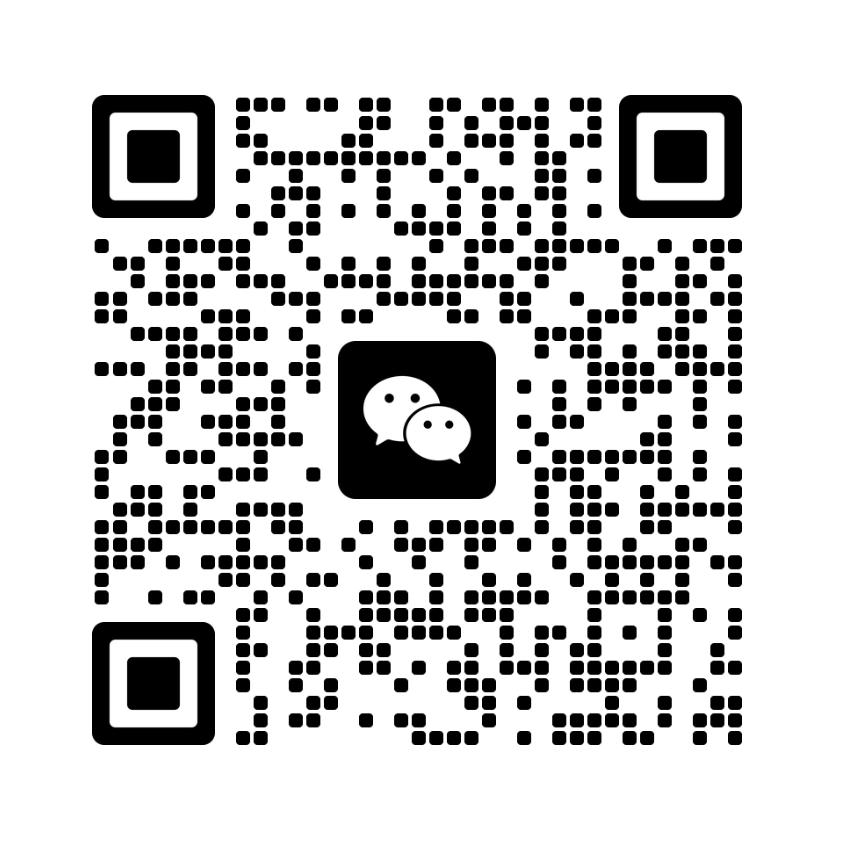CD45RO is a 180 kD single chain membrane glycoprotein. It is a splice variant of tyrosine phosphatase CD45, lacking the A, B, and C determinants. The CD45RO isoform is expressed on activated and memory T cells, some B cell subsets, activated monocytes/macrophages, and granulocytes. CD45RO enhances both T cell receptor and B cell receptor signaling mediated activation. CD45 and its isoforms non-covalently associate with lymphocyte phosphatase-associated phosphoprotein (LPAP) on T and B lymphocytes. CD45 has been reported to be associated with several other cell surface antigens including CD1, CD2, CD3, and CD4. CD45 has also been reported to bind galectin-1 and CD22. CD45 isoform expression can change in response to cytokines.
- Verified Reactivity
- Human
- Reported Reactivity
- Chimpanzee, Cynomolgus, Common Marmoset
- Antibody Type
- Monoclonal
- Host Species
- Mouse
- Immunogen
- IL-2 dependent T cell line, CA1
- Formulation
- Phosphate-buffered solution, pH 7.2, containing 0.09% sodium azide and BSA (origin USA).
- Preparation
- The antibody was purified by affinity chromatography and conjugated with Brilliant Violet 711™ under optimal conditions.
- Concentration
- Lot-specific (to obtain lot-specific concentration and expiration, please enter the lot number in our Certificate of Analysis online tool.)
Storage & HandlingThe antibody solution should be stored undiluted between 2°C and 8°C, and protected from prolonged exposure to light. Do not freeze.
- Application
-
FC - Quality tested
- Recommended Usage
-
Each lot of this antibody is quality control tested by immunofluorescent staining with flow cytometric analysis. For flow cytometric staining, the suggested use of this reagent is 5 µl per million cells in 100 µl staining volume or 5 µl per 100 µl of whole blood.
Brilliant Violet 711™ excites at 405 nm and emits at 711 nm. The bandpass filter 710/50 nm is recommended for detection, although filter optimization may be required depending on other fluorophores used. Be sure to verify that your cytometer configuration and software setup are appropriate for detecting this channel. Refer to your instrument manual or manufacturer for support. Brilliant Violet 711™ is a trademark of Sirigen Group Ltd.
Learn more about Brilliant Violet™.
This product is subject to proprietary rights of Sirigen Inc. and is made and sold under license from Sirigen Inc. The purchase of this product conveys to the buyer a non-transferable right to use the purchased product for research purposes only. This product may not be resold or incorporated in any manner into another product for resale. Any use for therapeutics or diagnostics is strictly prohibited. This product is covered by U.S. Patent(s), pending patent applications and foreign equivalents.
- Excitation Laser
- Violet Laser (405 nm)
- Application Notes
-
The UCHL1 antibody is commonly used in combination with antibodies against CD45RA to discern memory and naïve T cells. Additional reported applications (for the relevant formats) include: immunohistochemical staining of acetone-fixed frozen tissue sections5 and formalin-fixed paraffin-embedded tissue sections4, Western blotting2, and immunoprecipitation3.
- Application References
(PubMed link indicates BioLegend citation)
-
- Knapp W, et al. Eds. 1989. Leucocyte Typing IV. Oxford University Press. New York. (FC)
- Ishii T, et al. 2001. P. Natl. Acad. Sci. USA 98:12138. (WB)
- Ponsford M, et al. 2001. Clin. Exp. Immunol. 124:315. (IP)
- Yamada M, et al. 1996. Stroke 27:1155. (IHC)
- Sakkas LI, et al. 1998. Clin. Diagn. Lab. Immunol. 5:430. (IHC)
- Baba N, et al. 2010. Int. Immunol. 22:237. PubMed
- Thakral D, et al. 2008. J. Immunol. 180:7431. (FC) PubMed
- Weiss L, et al. 2010. P. Natl. Acad. Sci. USA 107:10632. PubMed
- Wu YY, et al. 2007. Infect. Immun. 75:4357. PubMed
- Mozaffarian N, et al. 2008. Rheumatology 47:1335. PubMed
- Roque S, et al. 2007. J. Immunol. 178:8028. PubMed
- Yoshino N, et al. 2000. Exp. Anim. (Tokyo) 49:97. (FC)
See More
- Product Citations
-
- Fu J et al. 2019. Cell stem cell. 24(2):227-239 . PubMed
- Delacher M, et al. 2021. Immunity. 54(4):702-720.e17. PubMed
- Keustermans G,et al. 2017. PLoS One. 10.1371/journal.pone.0187068. PubMed
- Lo Presti V, et al. 2021. Mol Ther Methods Clin Dev. 21:357. PubMed
- Kuo HH, et al. 2018. Immunity. 48:1183. PubMed
- Pissani F, et al. 2018. J Virol. 92:e01143. PubMed
- Taraldsrud E, et al. 2017. Journal of Autoimmunity. 10.1016/j.jaut.2017.04.004. PubMed
- Den Braanker H, et al. 2021. Front Immunol. 12:768113. PubMed
- Einkauf KB, et al. 2019. J Clin Invest. 129:988. PubMed
- Jiang C, et al. 2020. Nature. 261:585. PubMed
- Einkauf KB, et al. 2022. Cell. 185:266. PubMed
- Corrado M, et al. 2020. Cell Metab. 32:981. PubMed
- RRID
- AB_11218600 (BioLegend Cat. No. 304235)
AB_2562107 (BioLegend Cat. No. 304236)
- Structure
- Tyrosine phosphatases, type I transmembrane, 180 kD (isoform of CD45 containing none of the A, B, or C determinants)
- Distribution
-
Activated and memory T cells, B cell subsets, monocytes, macrophages, granulocytes
- Function
- Enhances TCR and BCR signaling
- Ligand/Receptor
- CD22
- Cell Type
- B cells, Granulocytes, Macrophages, Mesenchymal Stem Cells, Monocytes, T cells, Tregs
- Biology Area
- Cell Biology, Immunology, Inhibitory Molecules, Neuroscience, Neuroscience Cell Markers, Stem Cells
- Molecular Family
- CD Molecules
Antigen References
1. Thomas M. 1989. Annu. Rev. Immunol. 7:339.
2. Trowbridge I, et al. 1994. Annu. Rev. Immunol. 12:85.



